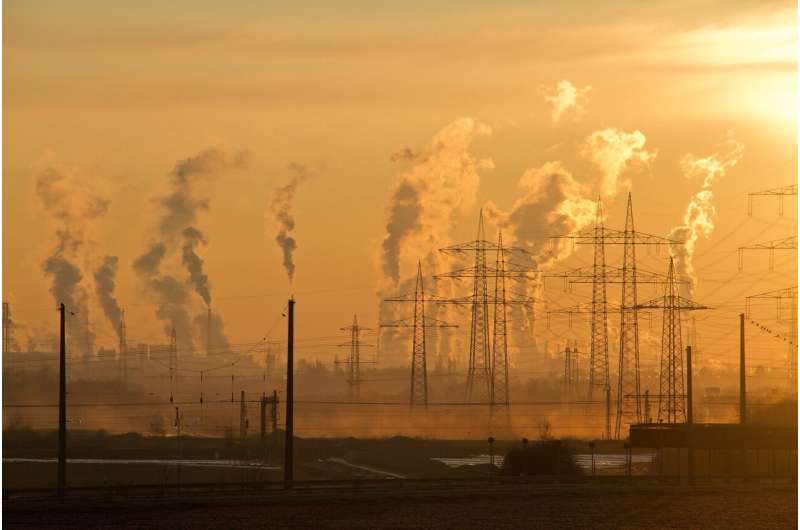Air quality across Europe is showing steady improvement, according to recent data from environmental monitoring agencies. Most air pollution monitoring stations now meet current European Union (EU) annual limits for key harmful pollutants, signaling progress in the fight against air pollution.
The improvement reflects years of coordinated efforts by governments, cities, and organizations to reduce emissions from industry, transport, and energy production. Cleaner technologies, stricter regulations, and investment in sustainable solutions have all contributed to this positive trend.
Despite these gains, experts caution that additional measures are needed, particularly in urban areas, to fully meet existing EU air quality standards. Many cities still experience high pollution levels from traffic congestion, construction, and localized industrial activities. Reducing emissions in these areas will be critical to protect public health and ensure compliance with EU regulations.
Air pollution remains a major concern because it can cause serious health problems. Long-term exposure is linked to respiratory diseases, heart conditions, and premature death. Children, the elderly, and people with pre-existing health conditions are especially vulnerable. Improving air quality is therefore a public health priority for governments across Europe.
The EU recently agreed on stricter air quality targets to be achieved by 2030. These future standards are more ambitious and aim to reduce pollution from nitrogen dioxide, particulate matter, and other harmful substances. Meeting these targets will require stronger policies, increased monitoring, and innovative approaches to reduce emissions in both urban and rural areas.
Cities are expected to play a major role in this effort. Urban planners and policymakers are exploring strategies such as low-emission zones, improved public transport systems, and incentives for electric vehicles. Green infrastructure, including urban forests and green roofs, can also help filter pollutants and reduce exposure. These initiatives support both environmental and public health goals.
Industry and transport sectors are key contributors to air quality improvements. Cleaner fuels, energy-efficient technologies, and stricter emissions standards for vehicles and factories have led to measurable reductions in pollutants. Continued investment in these areas is essential for sustaining the progress achieved so far.
The public is increasingly aware of air quality issues and plays an important role in supporting improvements. Citizens can reduce their environmental impact by using public transport, cycling, walking, and adopting energy-efficient practices at home and work. Community engagement programs and awareness campaigns also encourage local action to reduce pollution.
Monitoring and data collection remain crucial for tracking progress. Real-time air quality sensors provide information about pollution levels and help authorities take timely action when thresholds are exceeded. Accurate data also supports research and informs policies that aim to improve air quality and public health outcomes.
Overall, Europe air quality improvement shows that targeted actions and regulations can produce tangible results. While most monitoring stations now comply with current EU limits, sustained effort will be required to meet the stricter 2030 standards. Collaboration between governments, cities, industries, and citizens will be essential to maintain progress and ensure cleaner air for everyone.
The trend is encouraging, demonstrating that environmental initiatives can lead to measurable benefits. With continued commitment and innovation, Europe can achieve healthier air, safer cities, and a stronger environmental legacy for future generations.



